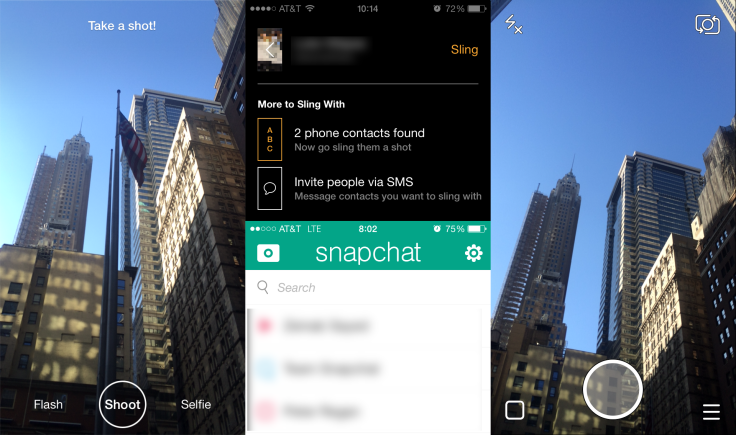Facebook Slingshot App Makes International Debut
Facebook Inc. (NASDAQ:FB) brought Slingshot, its competitor to Snapchat, to the rest of the world on Wednesday in hopes of gaining an international foothold in the ephemeral messaging market.
Like Snapchat, the Slingshot messaging app allows its users to take a photo or video that can be drawn on and then shared with friends. But, unlike Snapchat, recipients of a Slingshot message have to send a photo or video back in order to see it. Received messages in Slingshot also don’t immediately self-destruct, instead requiring users to swipe the message away or respond to the message before it disappears from their device screens.
Slingshot debuted on June 17 in the United States and received mixed reactions from mobile users who were quick to liken the app to Snapchat.

The Slingshot app is the second product to come out of Facebook’s Creative Labs, which originally designed and produced the Paper app.
While this may be Facebook’s latest effort to compete with Snapchat, the popular “self-destructing” message service, it isn’t its first attempt to create an ephemeral messaging competitor. The social media giant in 2012 launched but then soon abandoned an app called Poke, which was widely considered a carbon copy of the popular Snapchat service. A year later, Facebook unsuccessfully attempted to purchase Snapchat for $3 billion. Poke was eventually killed off in May, along with the Facebook camera app, according to the Verge.
Facebook’s Slingshot app is available on Apple Inc. (NASDAQ:AAPL) iOS devices and Google Inc. (NASDAQ:GOOG) Android devices.
© Copyright IBTimes 2025. All rights reserved.




















